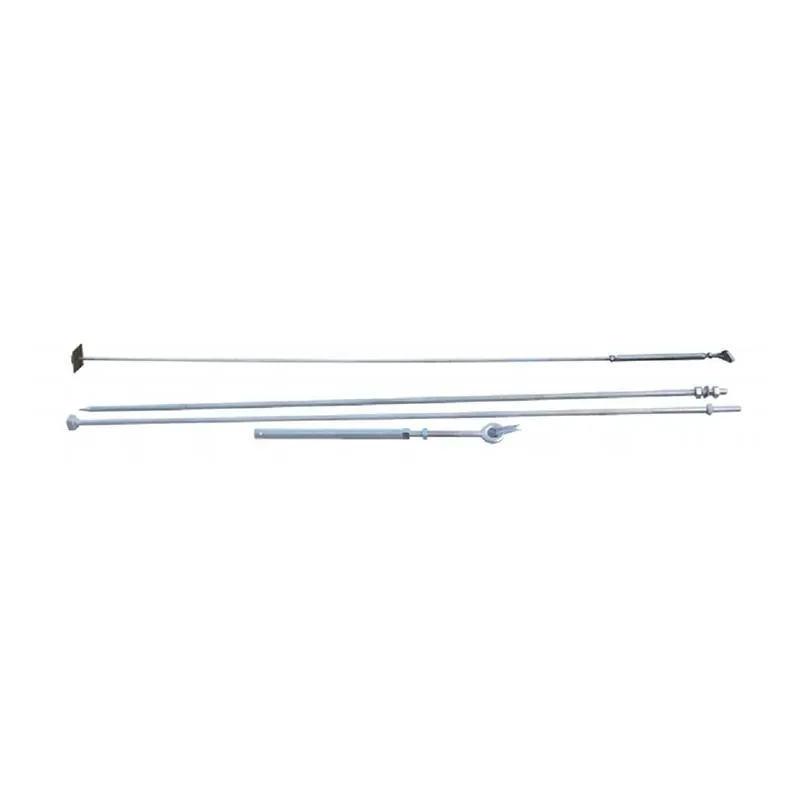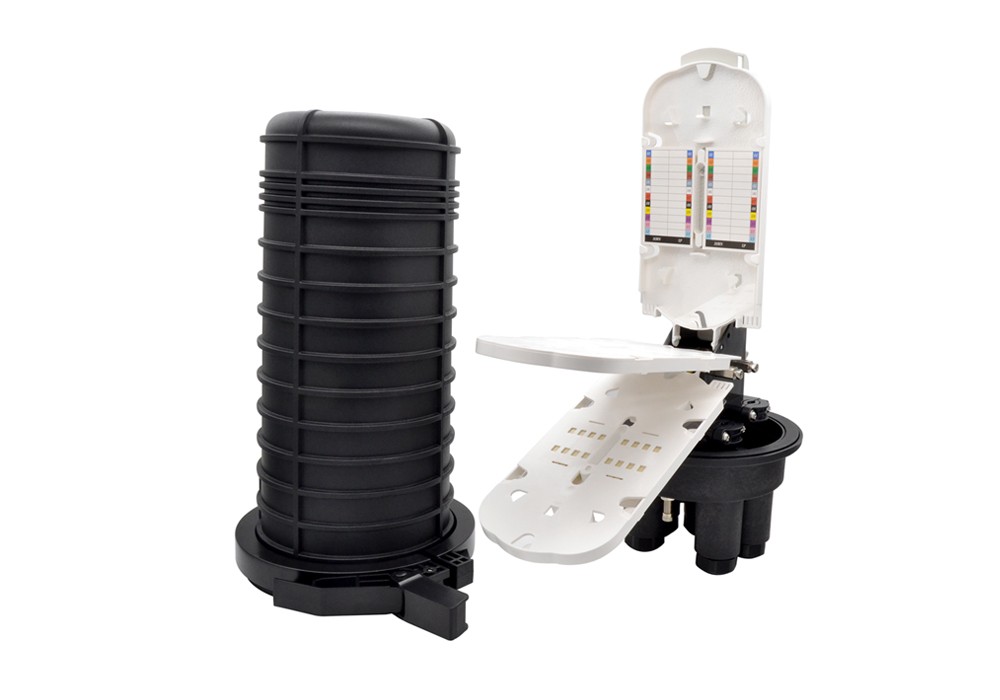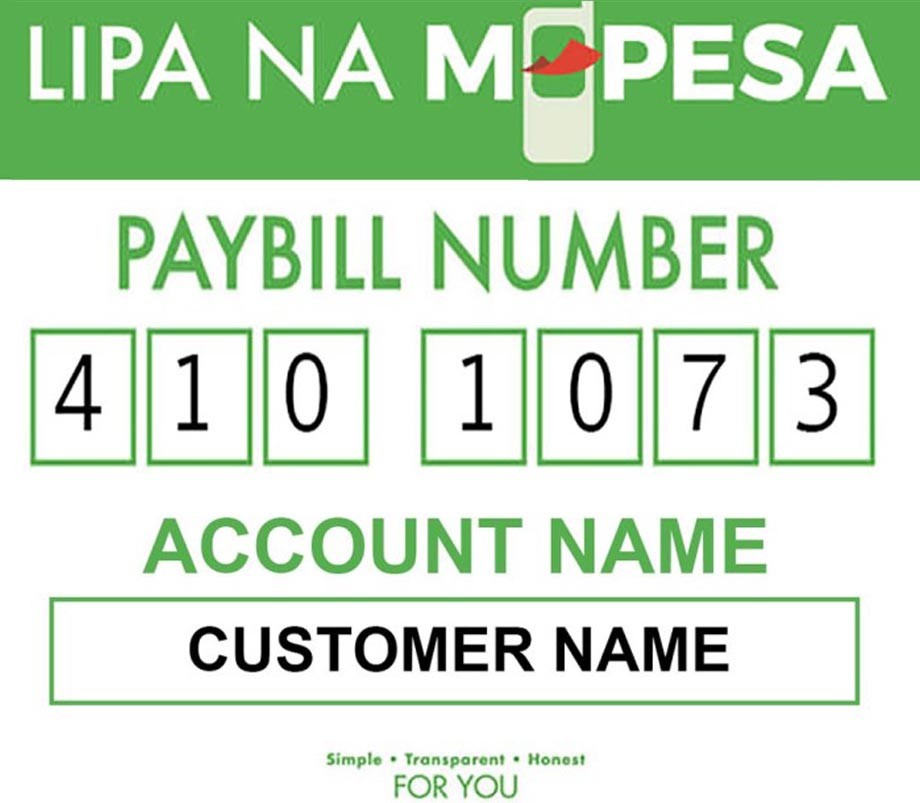Blog
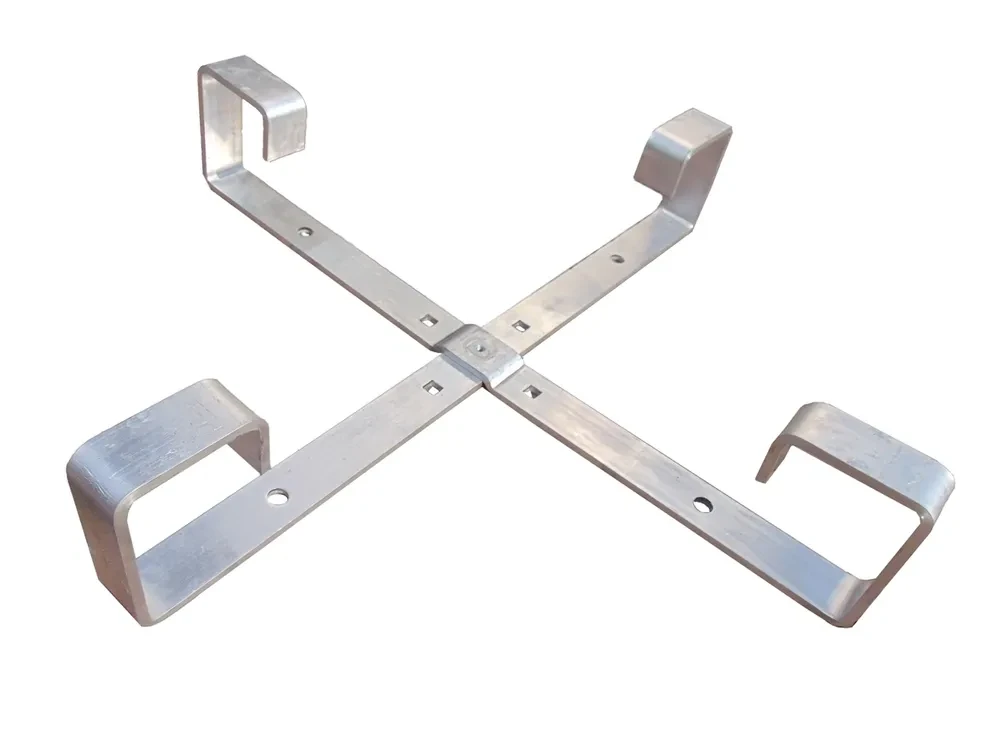
Cable Storage Bracket
Essential Guide to Cable Brackets: Organize and Secure Your Cables Efficiently.
View More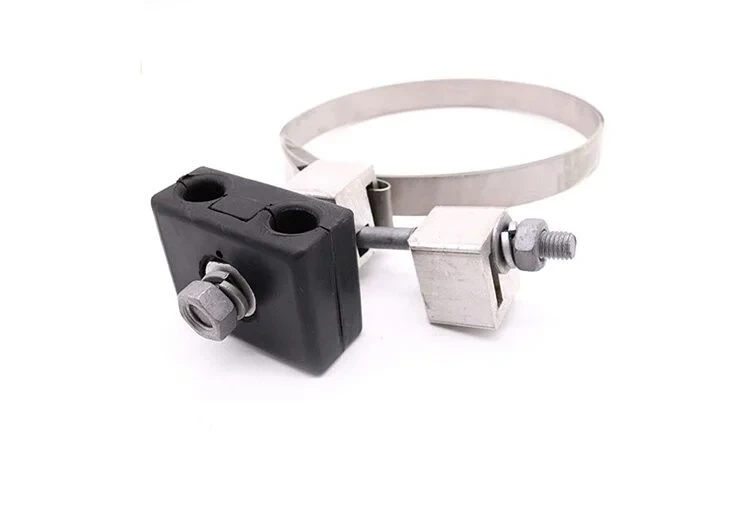
Downlead clamp
Downlead Clamps: Essential for Secure and Reliable Cable Installations
View More
Tangent Support
Explore the use of tangent support or suspension clamp in cable installation.
View More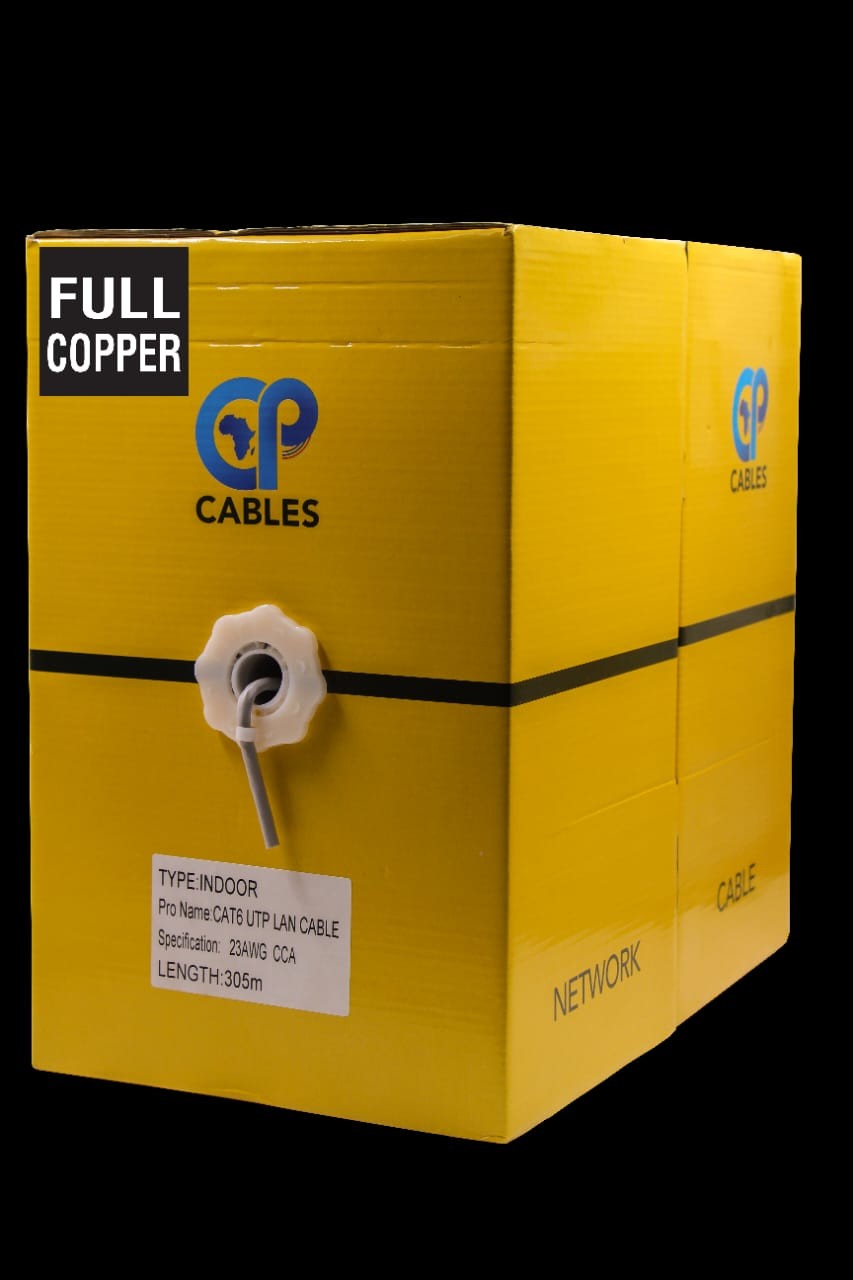
Full Copper Ethernet Cable
Why Full Copper Ethernet Cables Are Essential for Fast, Reliable Connections
View More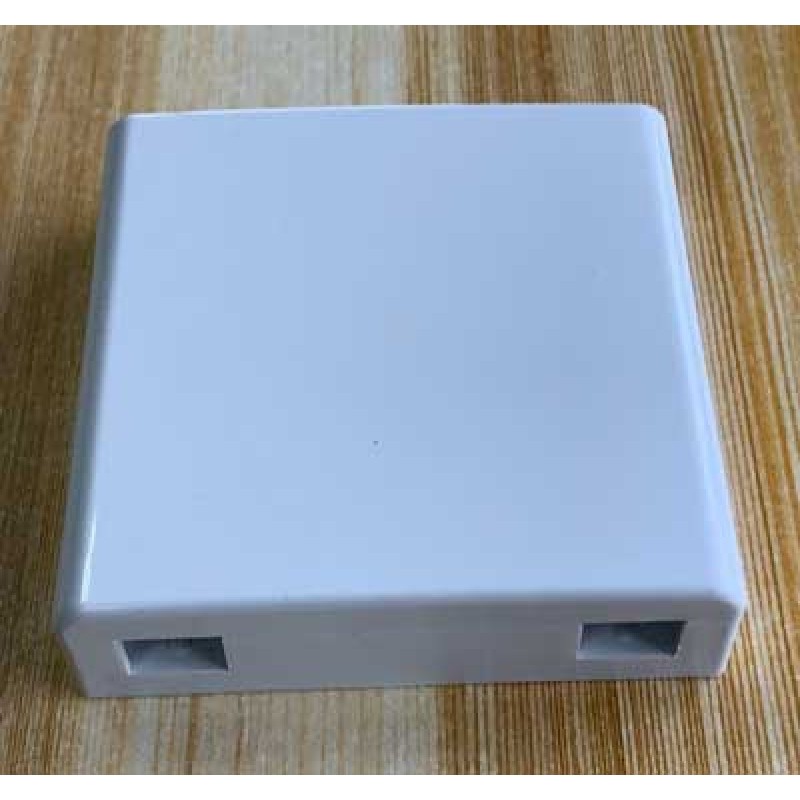
Access Terminal Box
What is an Access Terminal Box? Key Functions, and Features Explained
View More
The difference between Signal fire AI-10 and AI-9 splicing machine.
Difference between AI-10 and AI-9 splicing machine.
View More
White indoor drop cable
Indoor Drop Cable: Essential Guide for Home Network Installation
View More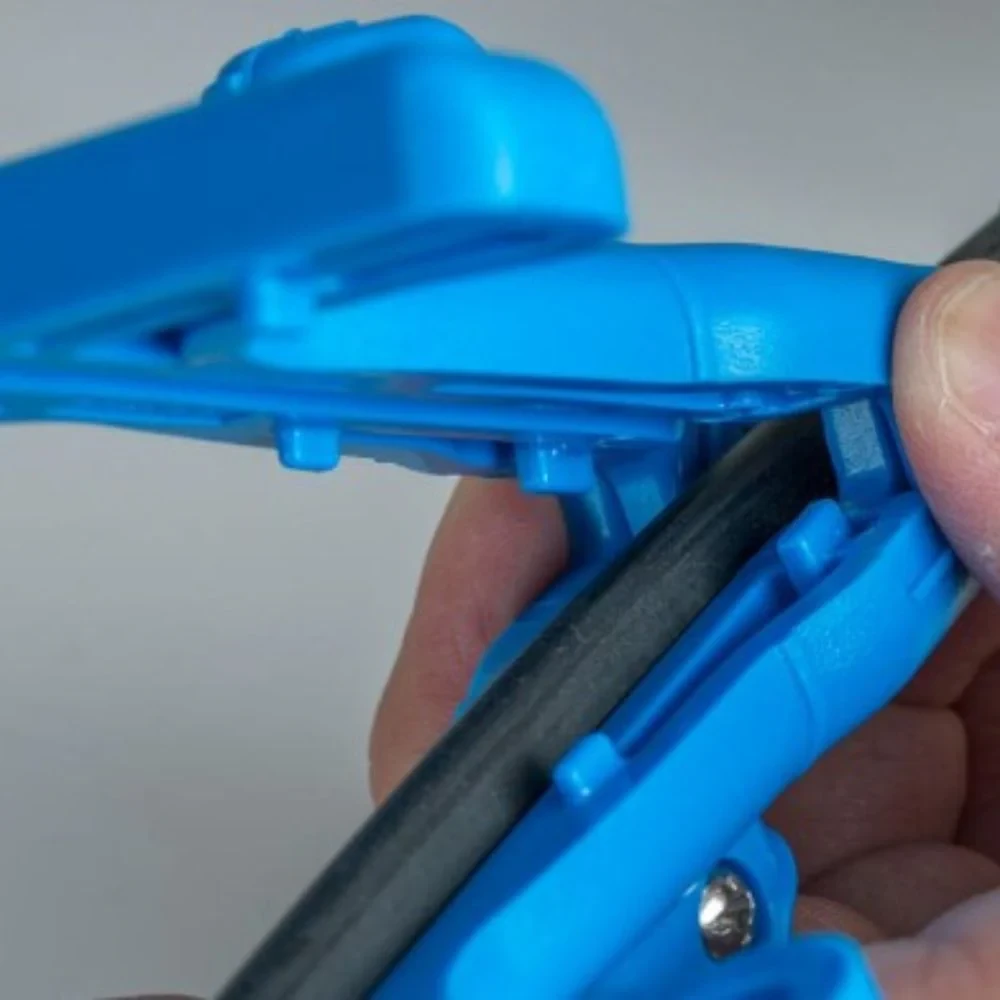
Drop Cable Slitter
Drop Cable Slitter: Essential Tool for Precise Cable Installations
View More66
0
746
172


